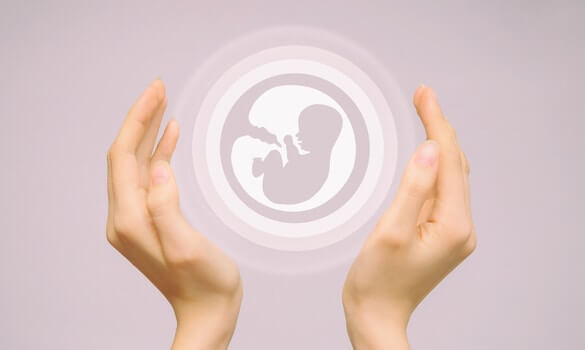The diagnosis of cancer brings with it numerous challenges, not least among them the threat to fertility that can result from treatments like chemotherapy and radiation. However, significant advancements in fertility preservation have provided cancer patients with more options than ever before. Fertility preservation is now a crucial part of the pre-treatment discussion, offering hope for patients who wish to start or expand their families post-recovery. Clinics such as Marin Fertility Center in Greenbrae, California, are at the forefront of these advancements, integrating the latest fertility preservation techniques into their comprehensive care for cancer patients.
Contents
Understanding the Risks to Fertility
Cancer treatments, while life-saving, can have detrimental effects on fertility. Chemotherapy and radiation, in particular, can harm the reproductive organs and affect their function. The extent of this impact depends on several factors, including the type and dosage of treatment, the patient’s age, and their baseline fertility. It is essential for cancer patients, especially those of reproductive age, to understand these risks and discuss fertility preservation options with their healthcare providers before beginning treatment.
Options for Fertility Preservation
Egg and Embryo Freezing
For women, egg freezing (oocyte cryopreservation) is a widely used method of fertility preservation. This process involves stimulating the ovaries to produce multiple eggs, which are then retrieved and frozen for future use. Embryo freezing is another option, where the eggs are fertilized with sperm before being frozen. Both these techniques have shown promising success rates and are often recommended for women who have a cancer diagnosis but plan to start or grow their families in the future.
Sperm Freezing
Sperm freezing (cryopreservation) is a relatively simple and effective method for preserving male fertility. This process can be done quickly, sometimes even on short notice before cancer treatment begins, making it an accessible option for many male patients.
Ovarian Tissue Freezing
An emerging technique in the field of fertility preservation is ovarian tissue freezing. This experimental procedure involves removing and freezing ovarian tissue before cancer treatment and then re-implanting it after the patient has recovered. While still in the research phase, this technique offers hope, especially for patients who cannot delay cancer treatment to undergo egg retrieval.
The Role of Marin Fertility Center
Marin Fertility Center provides comprehensive fertility preservation services to cancer patients. They understand the time-sensitive nature of these cases and work diligently to offer expedited consultations and procedures. Their team of specialists stays updated with the latest advancements in the field, ensuring that patients receive the most effective and personalized care possible. Moreover, they work closely with oncologists to create a coordinated treatment plan that considers both cancer treatment and fertility preservation.
The Journey of Fertility Preservation
The process of fertility preservation typically begins with a thorough consultation to discuss the various options and the likelihood of success. For women undergoing egg or embryo freezing, the process involves a few weeks of hormonal treatments to stimulate the ovaries, followed by egg retrieval. Men can usually complete sperm freezing in a single visit. The preserved eggs, sperm, or embryos are then stored until the patient is ready to use them, which can be several years later.
Emotional Considerations
The decision to undergo fertility preservation can be emotionally complex, especially when made under the stress of a recent cancer diagnosis. Patients often grapple with uncertainty about the future and the added financial burden of fertility treatments. Access to supportive counseling and resources is crucial during this time. Many fertility centers, including Marin Fertility Center, offer counseling services to help patients navigate these emotional challenges.
Financial Aspects
The cost of fertility preservation can be a concern for many patients. Insurance coverage for these procedures varies, and not all patients have policies that cover fertility preservation. Some charitable organizations offer financial assistance to cancer patients for fertility preservation, and many fertility centers provide financial counseling to help patients understand their options and make informed decisions.
Looking to the Future
Advancements in fertility preservation are ongoing, with research focused on improving success rates and developing new techniques. The field of oncofertility – a cross-disciplinary area that bridges oncology and reproductive medicine – is continually evolving, bringing new hope to cancer patients who are concerned about their future fertility.
Conclusion
For cancer patients, the advances in fertility preservation offer a ray of hope amidst a challenging time. By safeguarding their ability to have children in the future, these techniques provide something invaluable: the promise of life beyond cancer. Clinics like Marin Fertility Center play a critical role in this journey, offering cutting-edge treatments, compassionate care, and the expertise necessary to navigate the complex interplay between cancer treatment and fertility preservation. As the field continues to advance, it brings with it the potential for even more effective and accessible options for patients looking to protect their fertility against the effects of life-saving cancer treatments.




